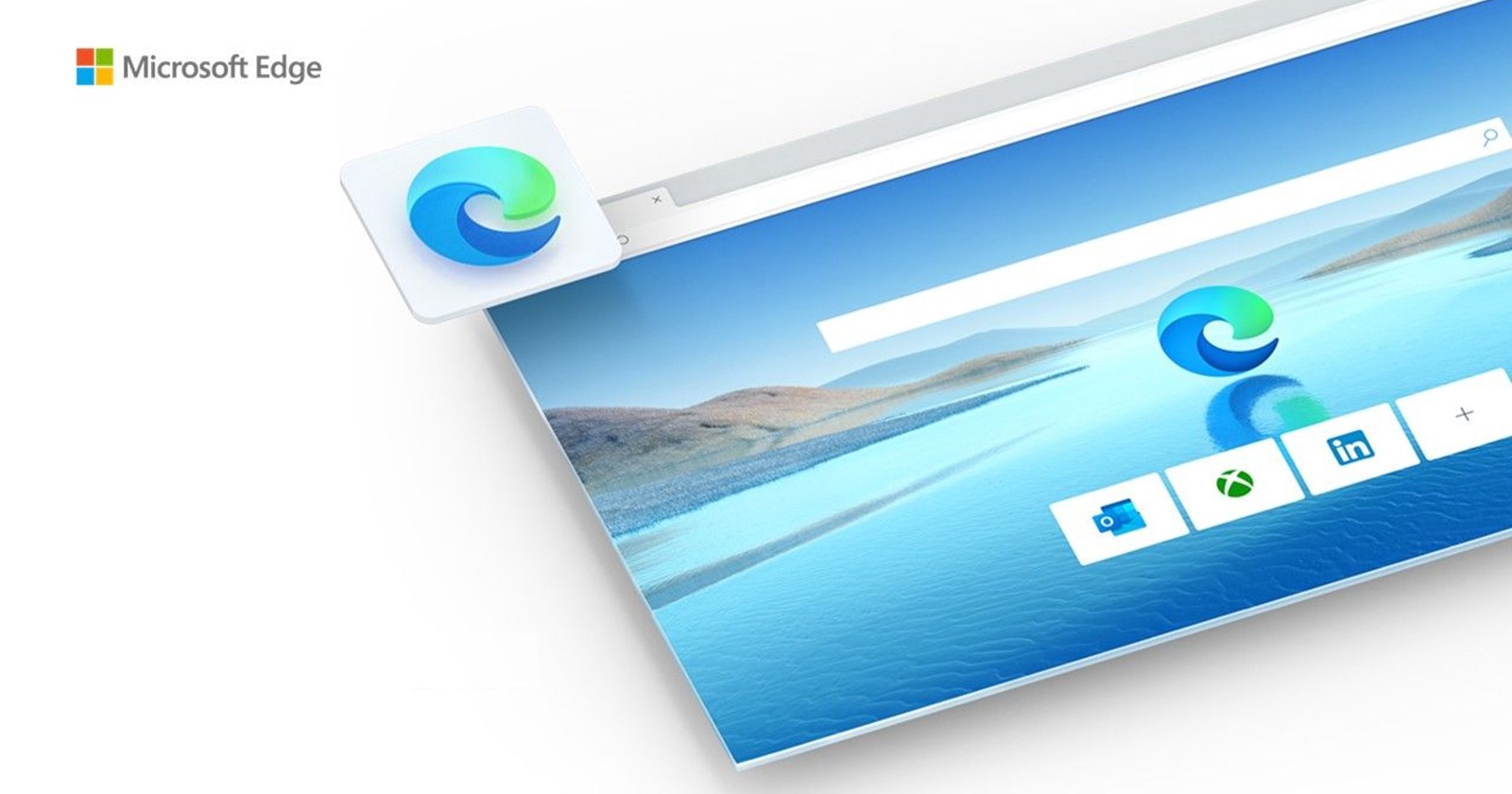Microsoft has decided to pull a fast one on its Edge WebView2 Runtime. If you’ve been wondering why the WebView2 Runtime has vanished from your Windows Settings’ Installed Apps list or Add/Remove Programs menu, fret not — it hasn’t actually disappeared into the void. Instead, Microsoft has reclassified this component as a persistent system component. Translation? It’s still there, working hard behind the scenes, but it’s no longer playing peek-a-boo in the usual menus.
Here’s the deal. With the latest version of WebView2 Runtime that arrived with Microsoft Edge v131, users are reporting that the application is nowhere to be found in their control panels or apps lists after installation. Before you start thinking something’s gone haywire with your Windows installation, let’s set the record straight. Microsoft has deliberately made this change to streamline its role as a core system tool. You’ll still find it in its usual directory but it won’t announce itself in places like Apps and Features or Add/Remove Programs.
For IT admins managing fleets of machines, this might feel like a headache in the making. Identifying which version is running on devices just got a little trickier. Some users have noticed WebView2 Runtime silently updating itself in the background, all without leaving a trace in the control panel. While this might make for a cleaner app list, it’s also sparked confusion for those used to checking versions manually or uninstalling apps the old-fashioned way.
And if you’re wondering, “Why would Microsoft do this?” the answer lies in the persistent system component tag. This move ensures that WebView2, a runtime critical for running web-based apps like those in Office and other modern Windows features, sticks around where it’s needed, without accidental uninstallations. So, while you can no longer casually spot it in your apps list, rest assured it’s there — dutifully doing its job.
Developers working on .NET applications using WebView2 have also encountered a few hiccups post-update. Compile errors and missing assemblies in newer versions have forced some to roll back to earlier versions to keep their projects running smoothly. For now, these seem to be growing pains as Microsoft continues to refine its WebView2 Runtime. Other Microsoft Edge users have also reported that closing the ‘Delete browsing data’ dialog has become an uphill task.
In the grand scheme, this isn’t a bug, nor is it an oversight. Microsoft is simply shifting how WebView2 integrates with Windows. But throwing this change at users without so much as a courtesy heads-up has led to plenty of confusion. So, if you’re hunting for WebView2 and can’t find it, know that it’s not a disappearing act.
TechIssuesToday primarily focuses on publishing 'breaking' or 'exclusive' tech news. This means, we are usually the first news website on the whole Internet to highlight the topics we cover daily. So far, our stories have been picked up by many mainstream technology publications like The Verge, Macrumors, Forbes, etc. To know more, head here.



Techgirl03-12-2024
Wow thanks MS. Using software like Citrix App Layering and trying to determine if an application layer has accidentally overwritten the webview2 component on the OS layer got a lot more challenging.
Reply